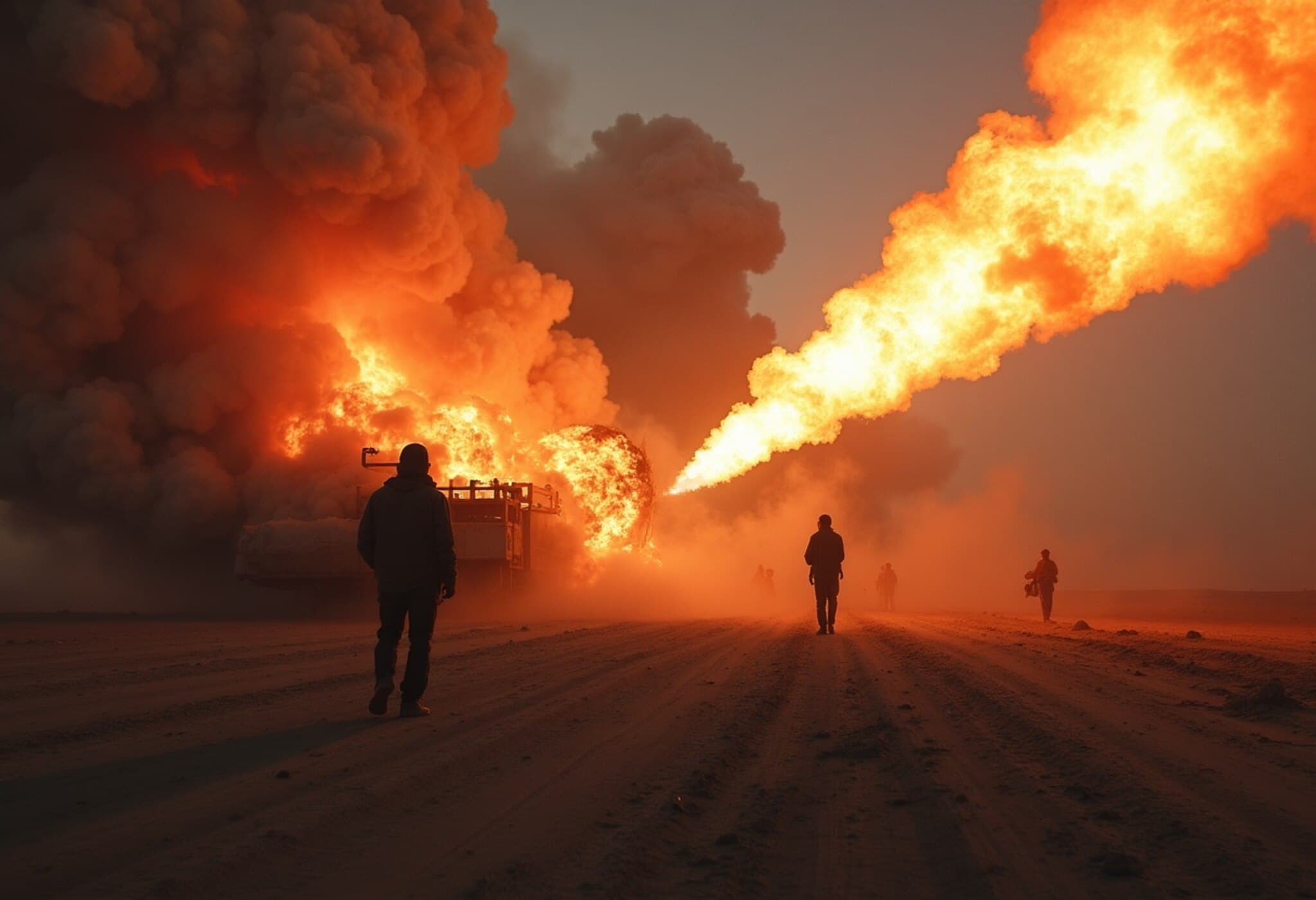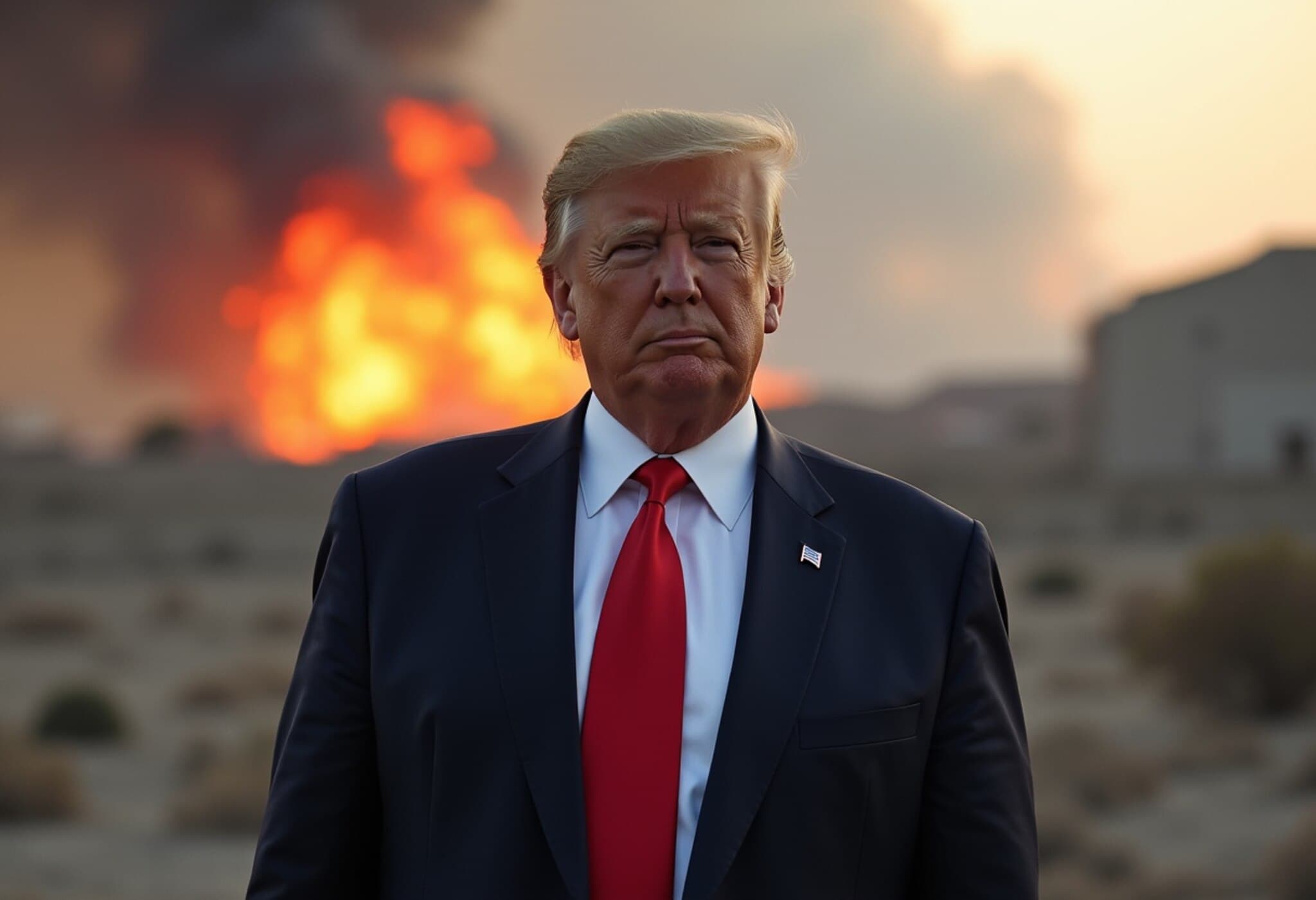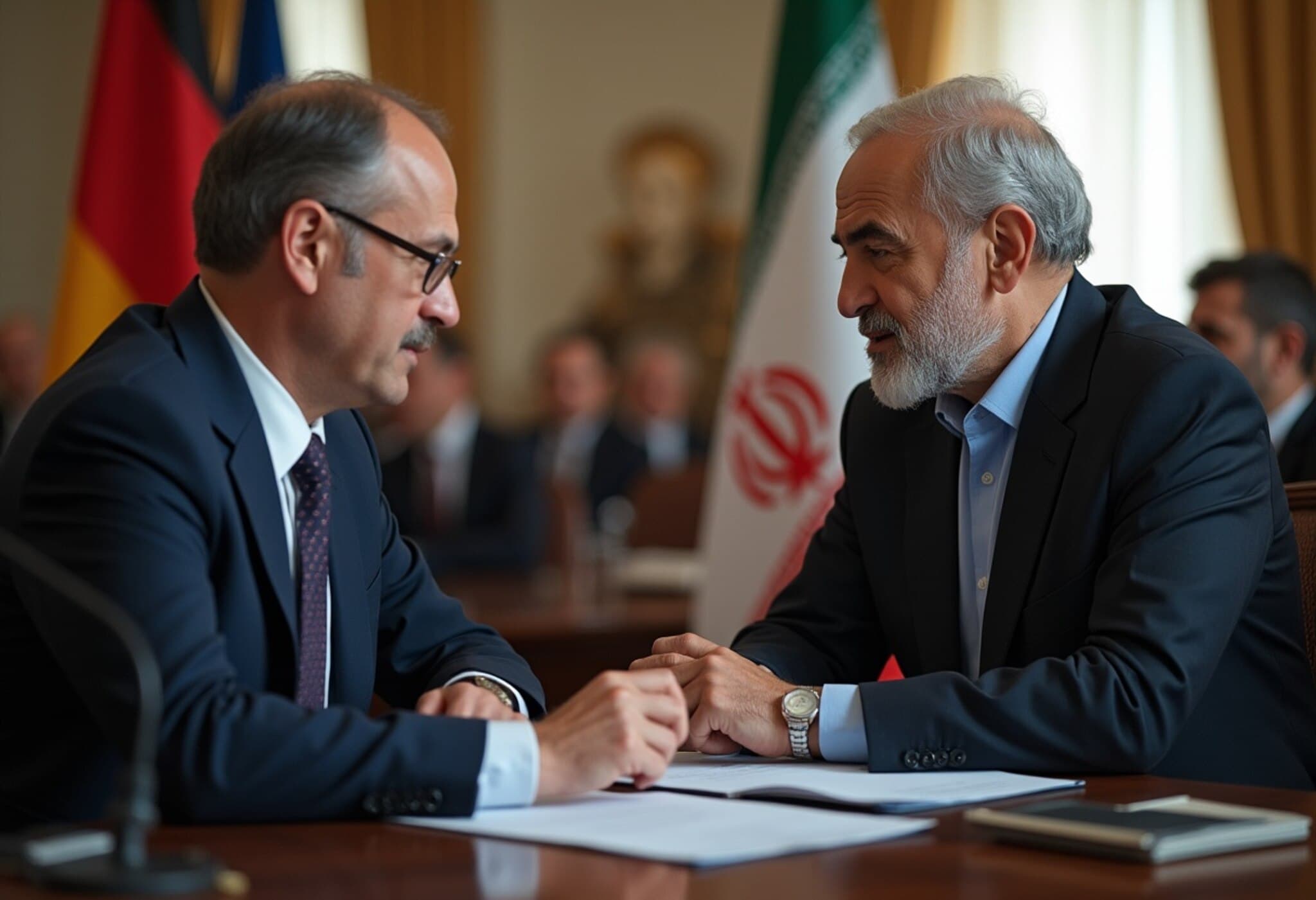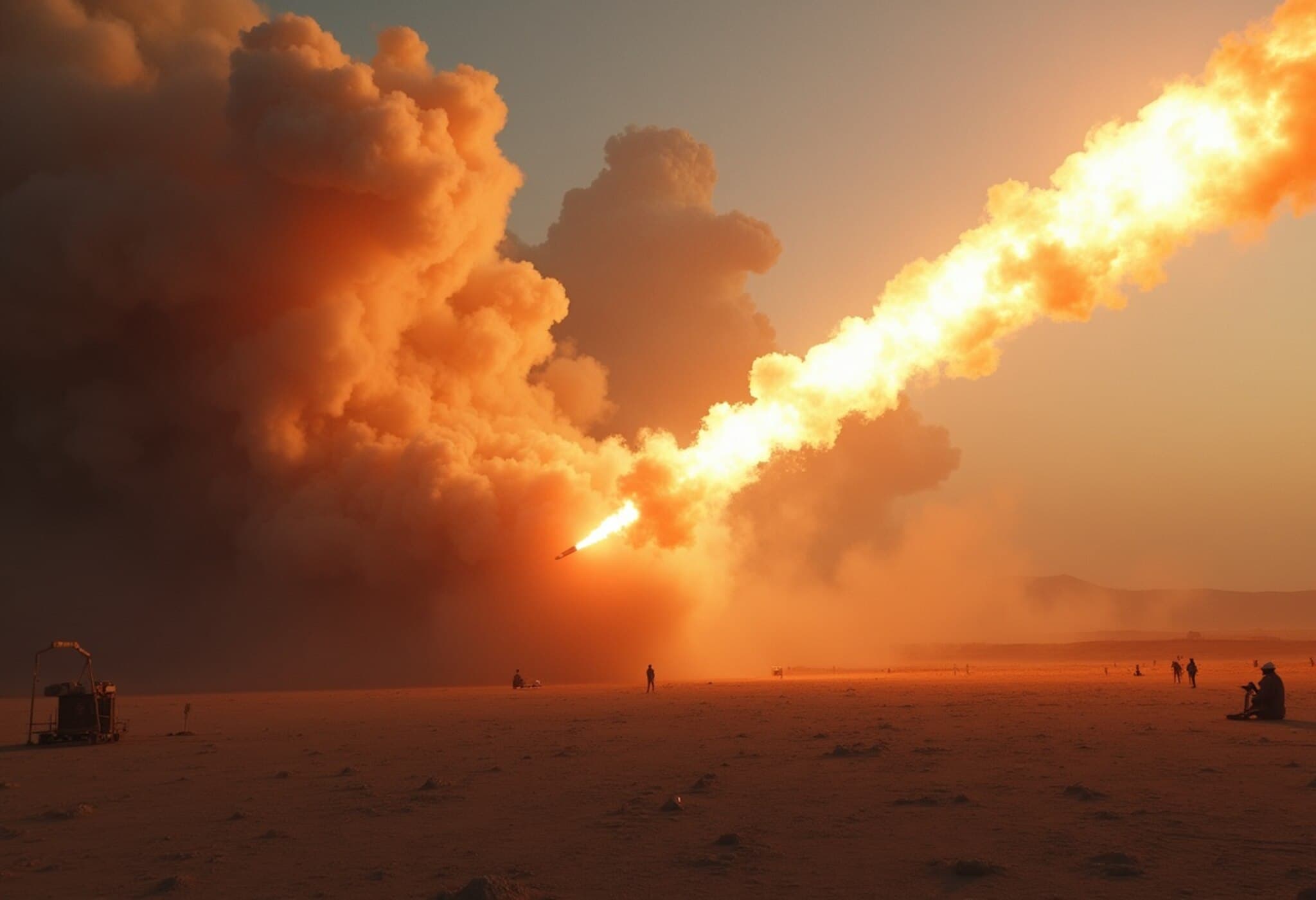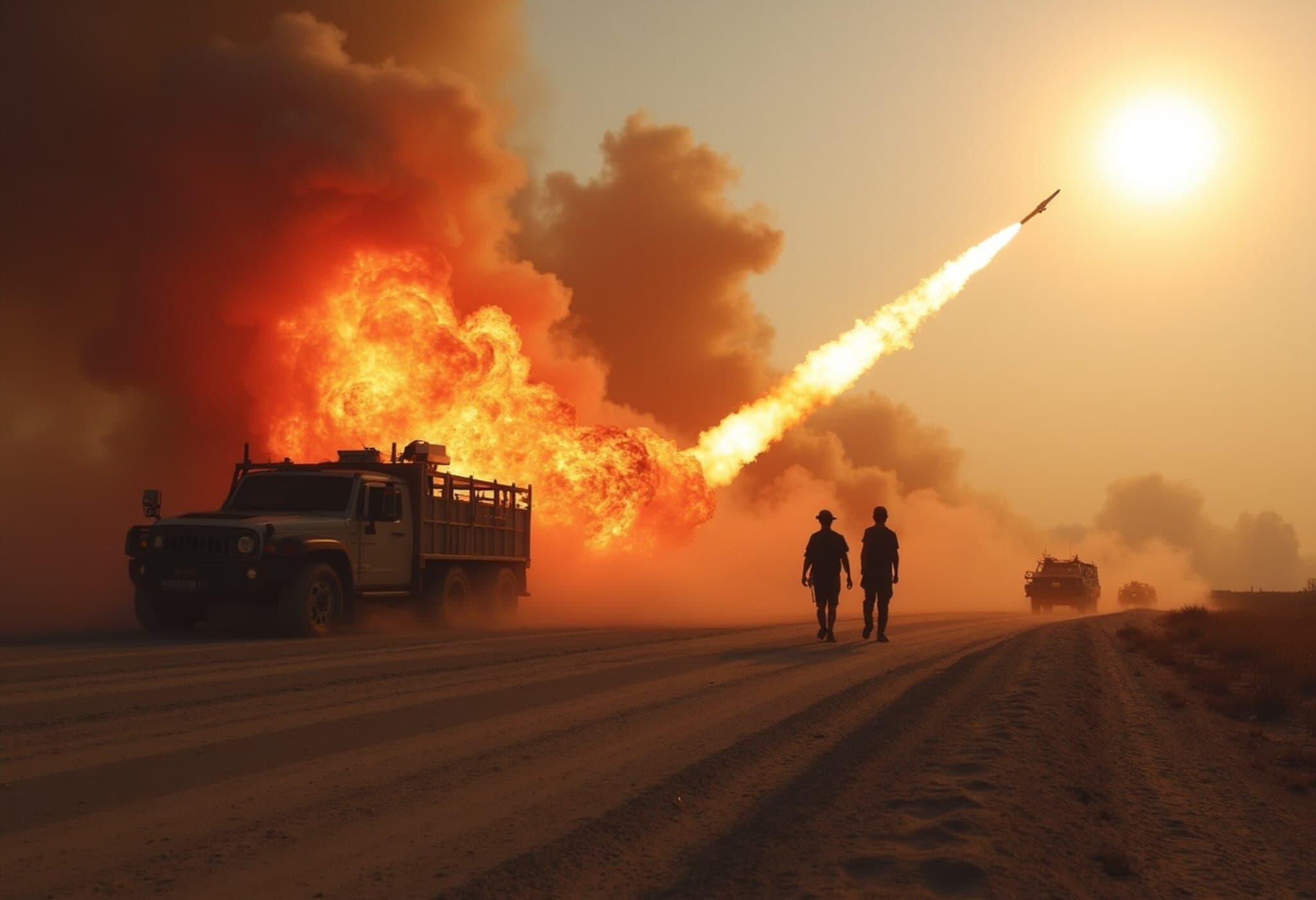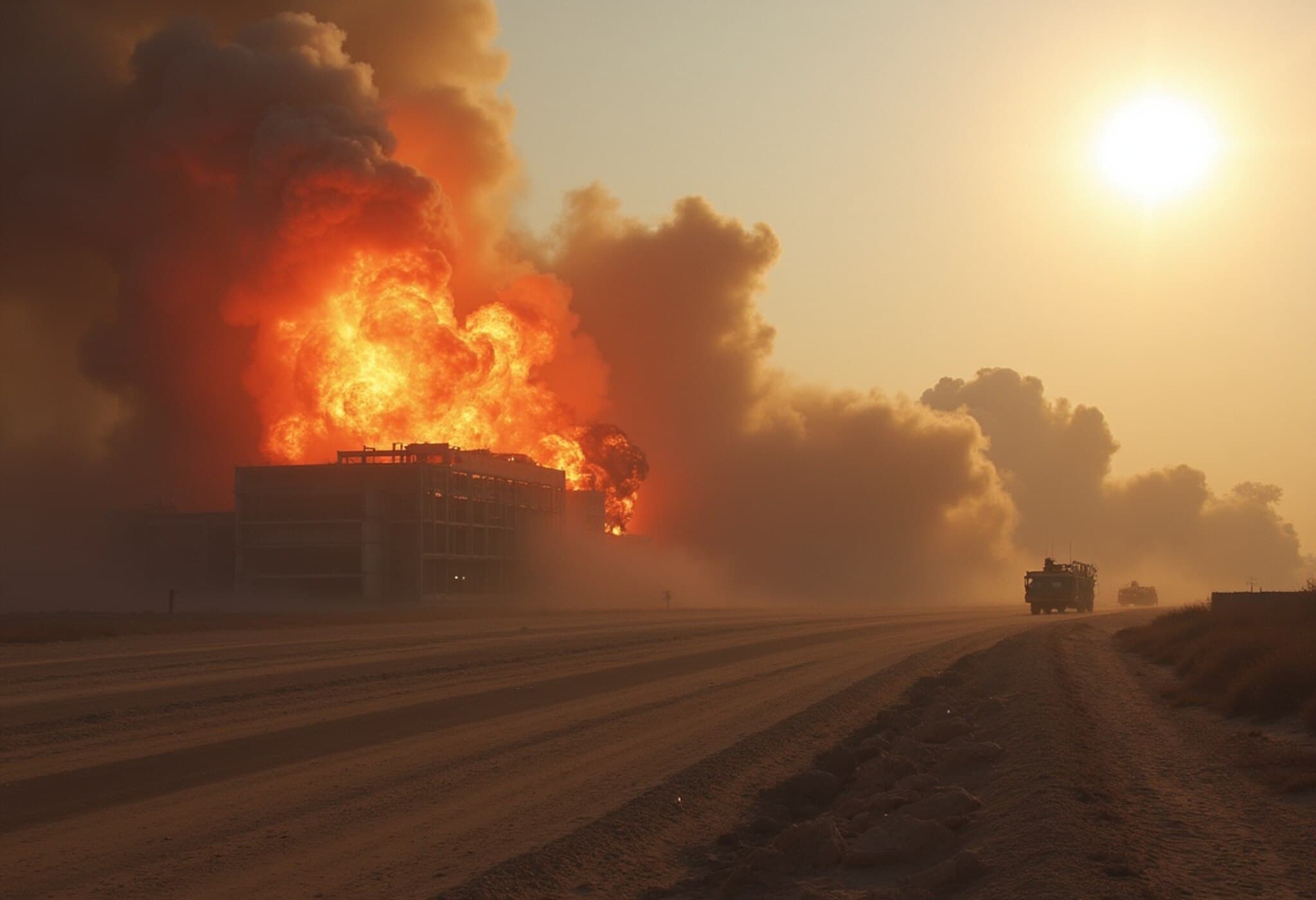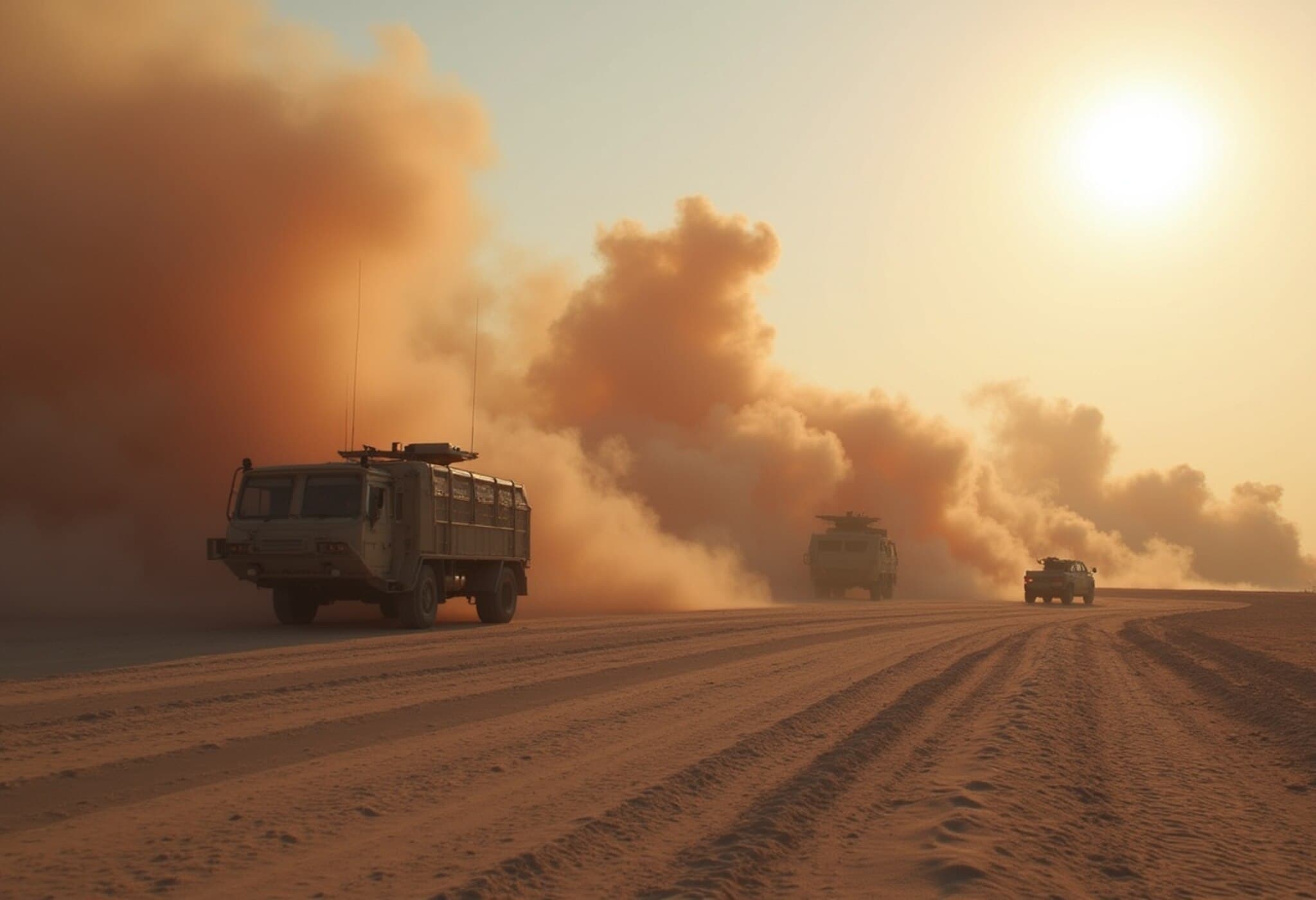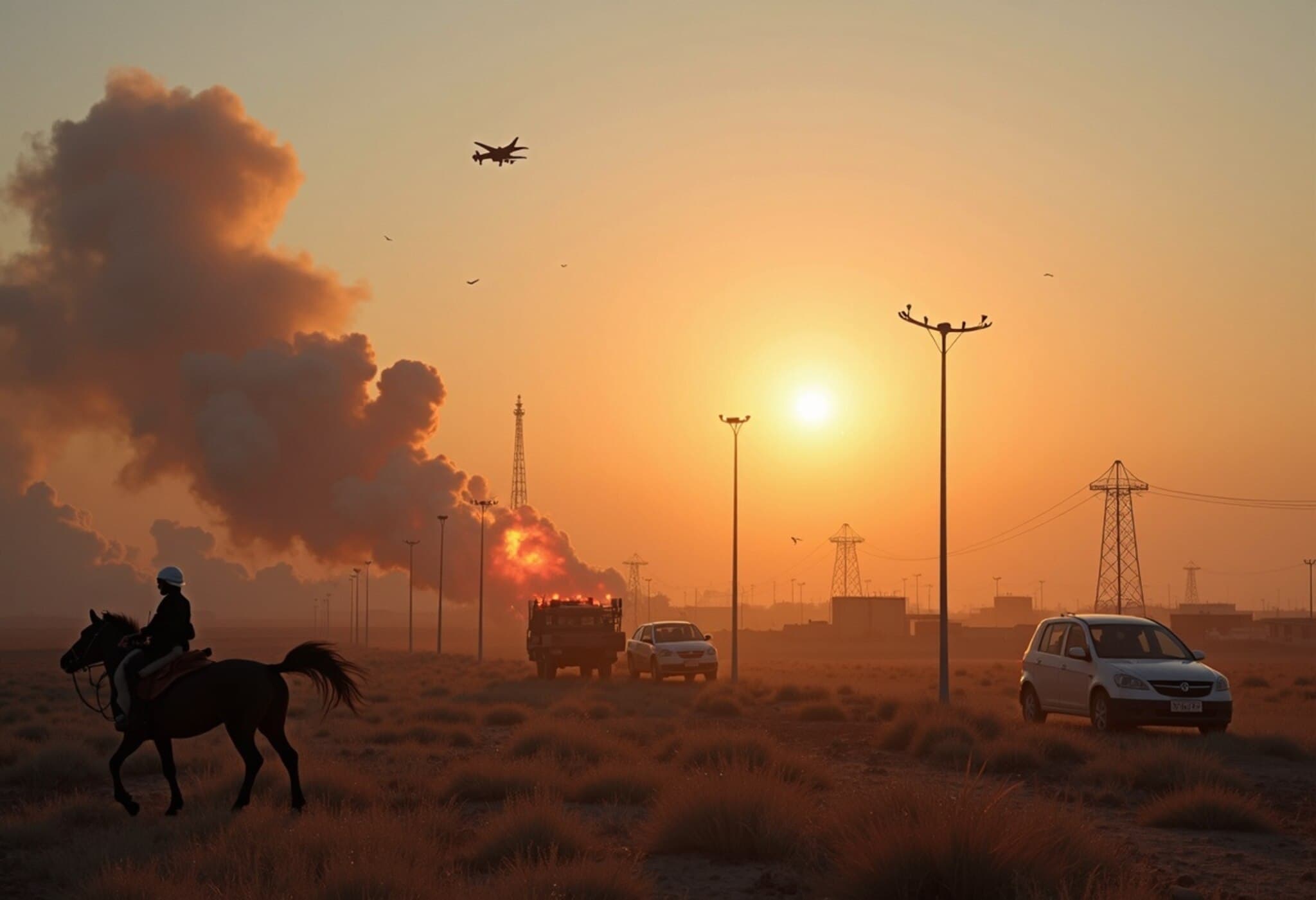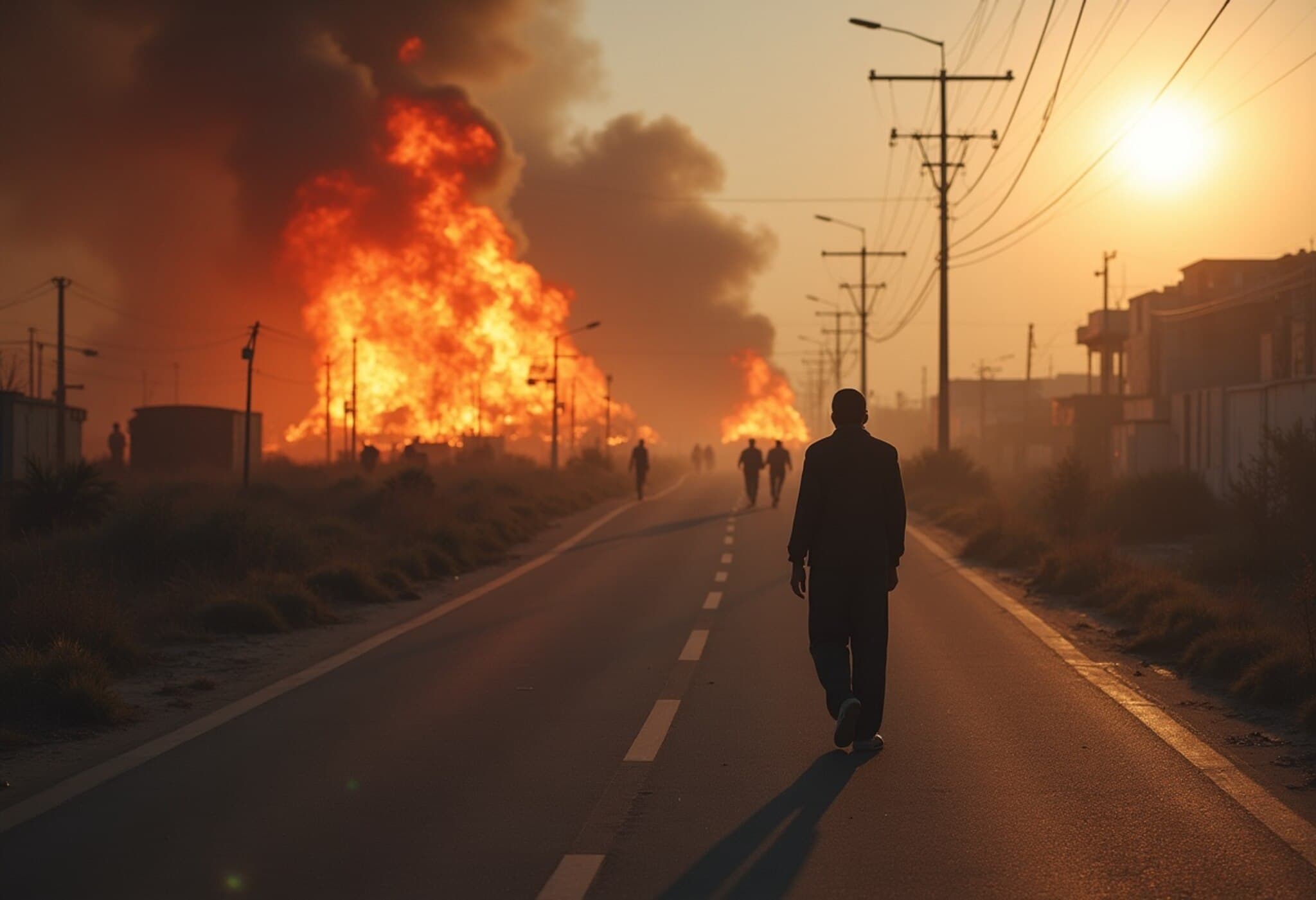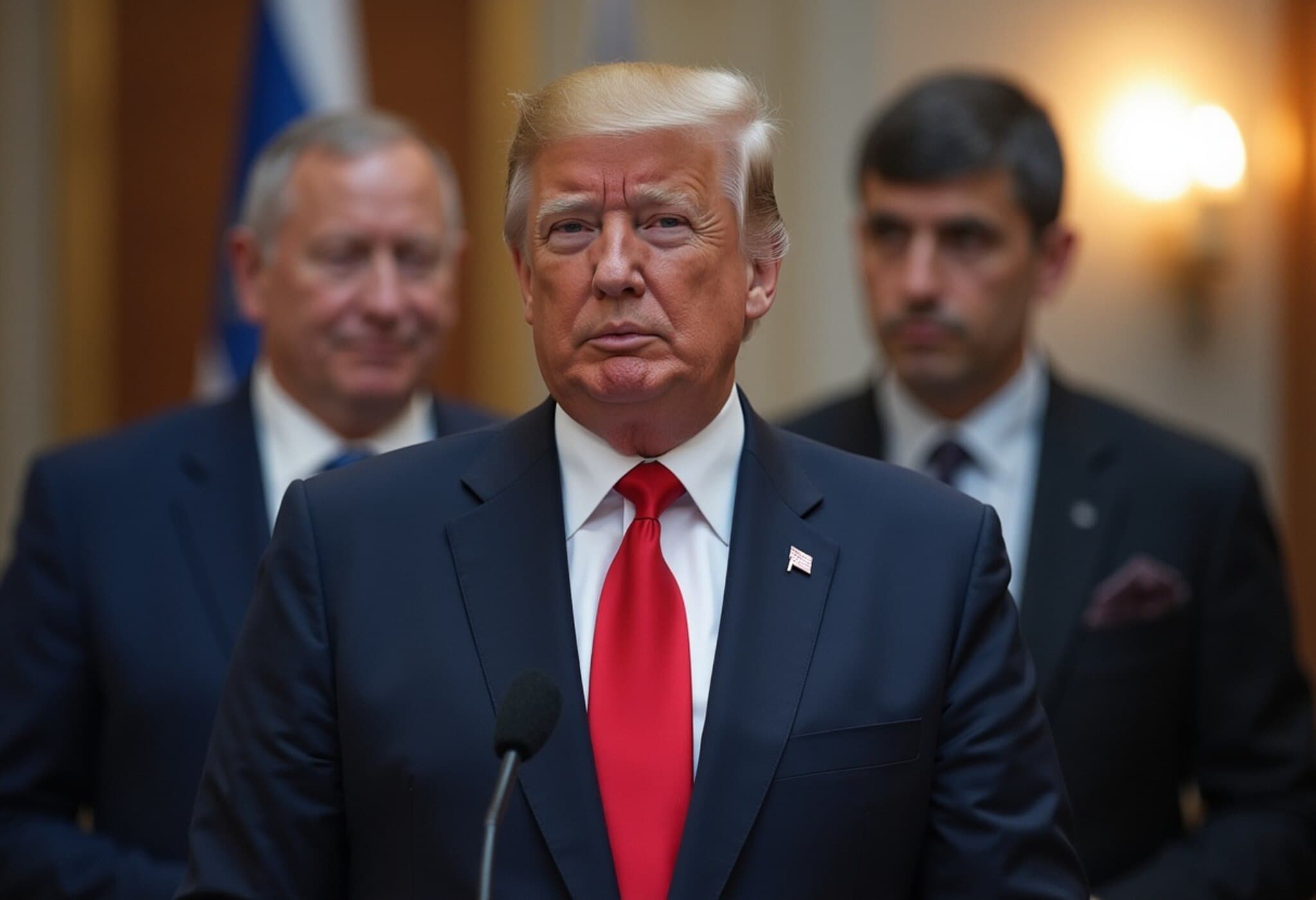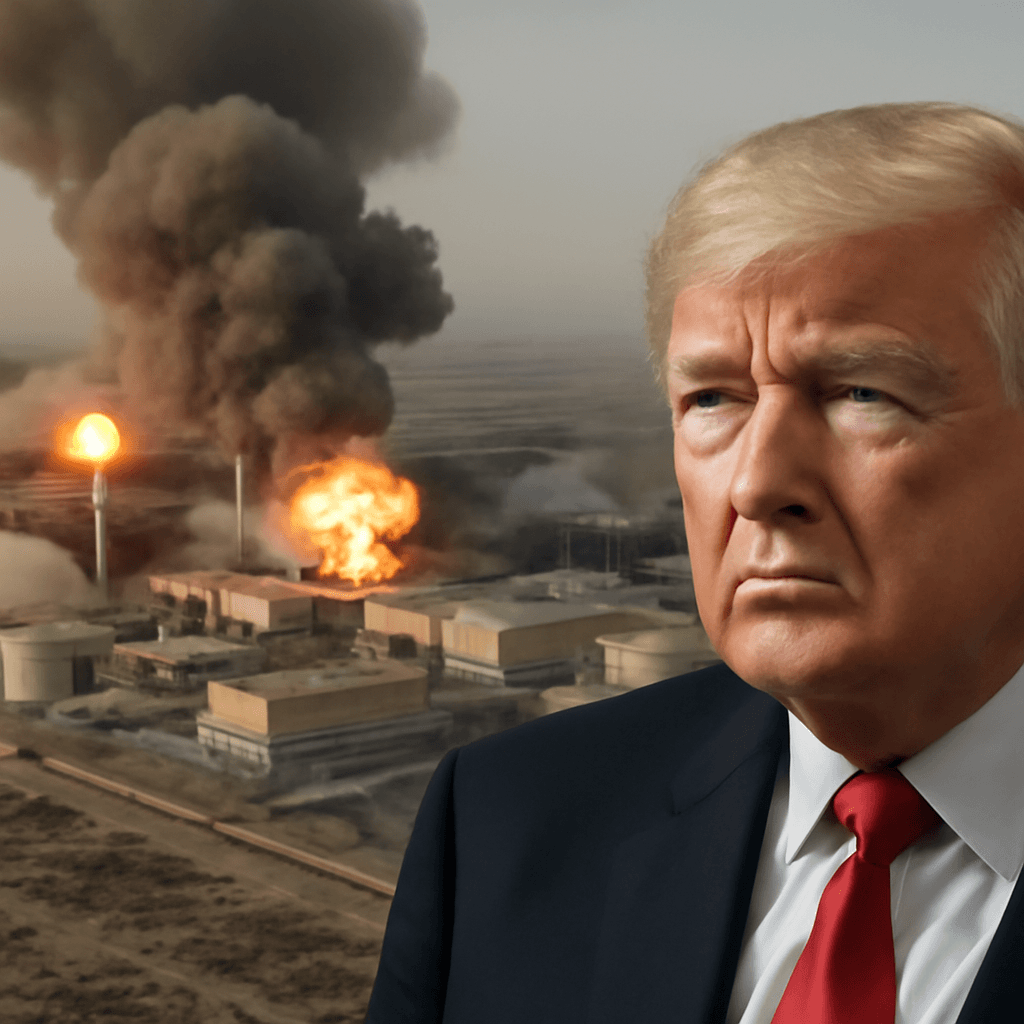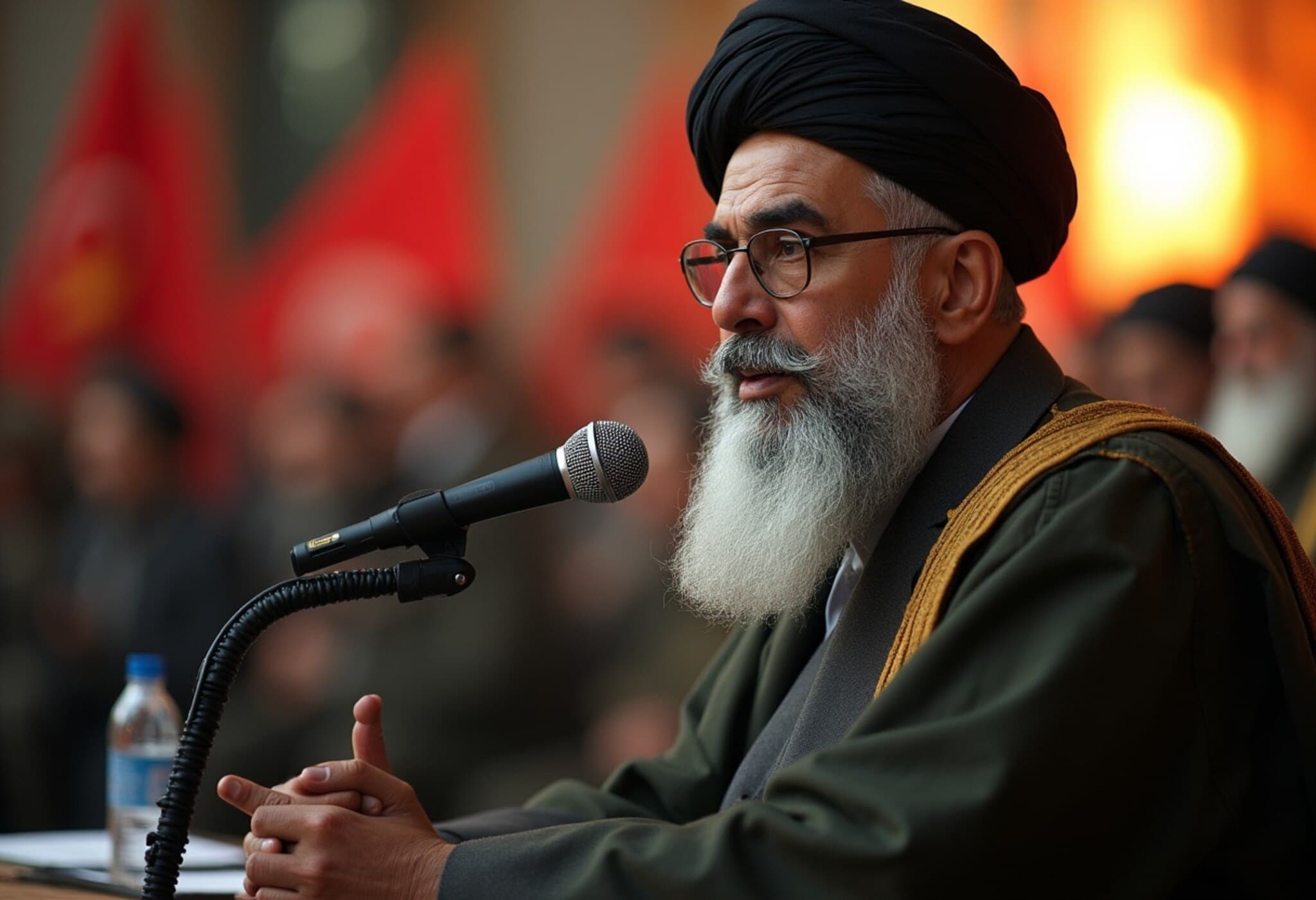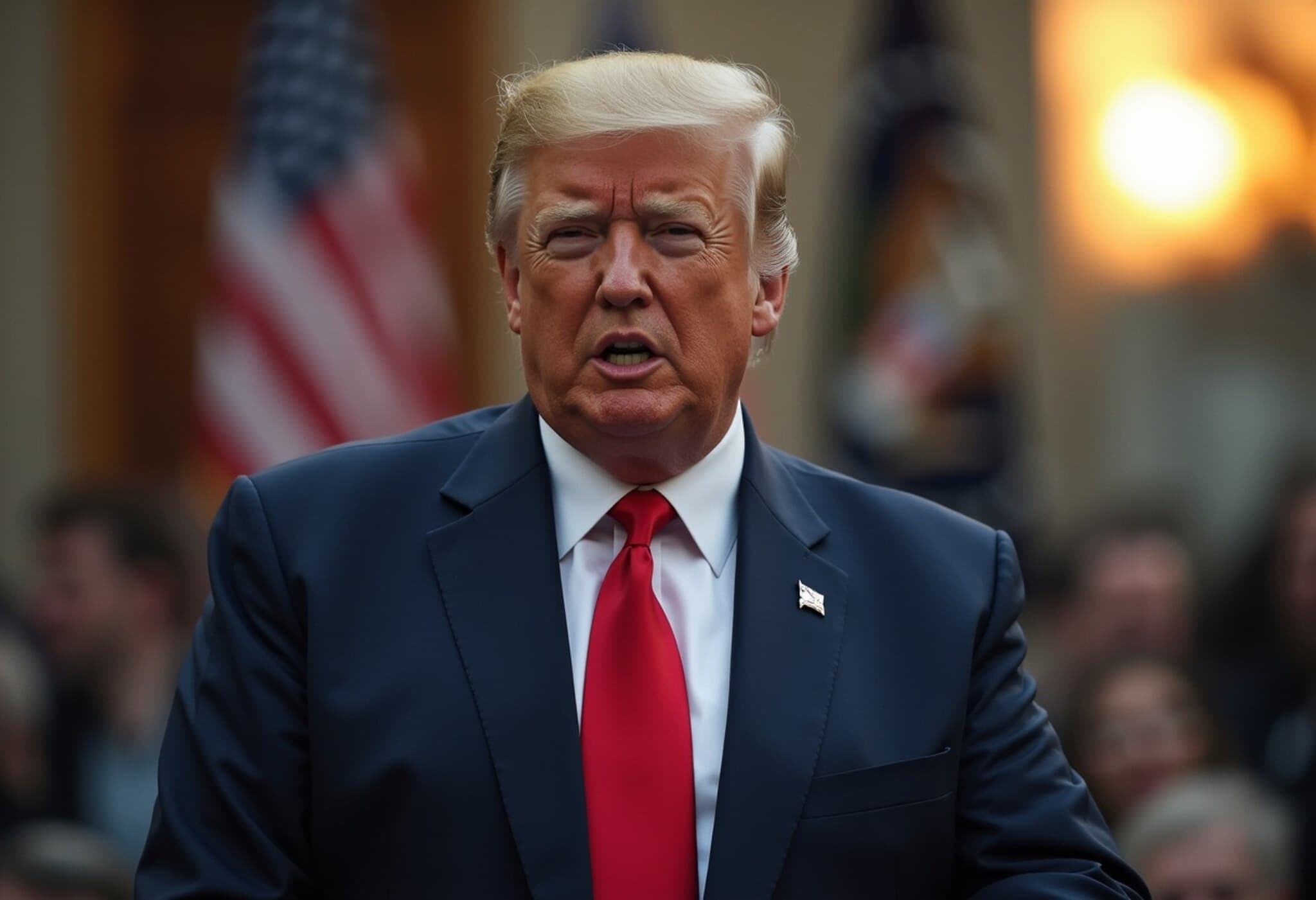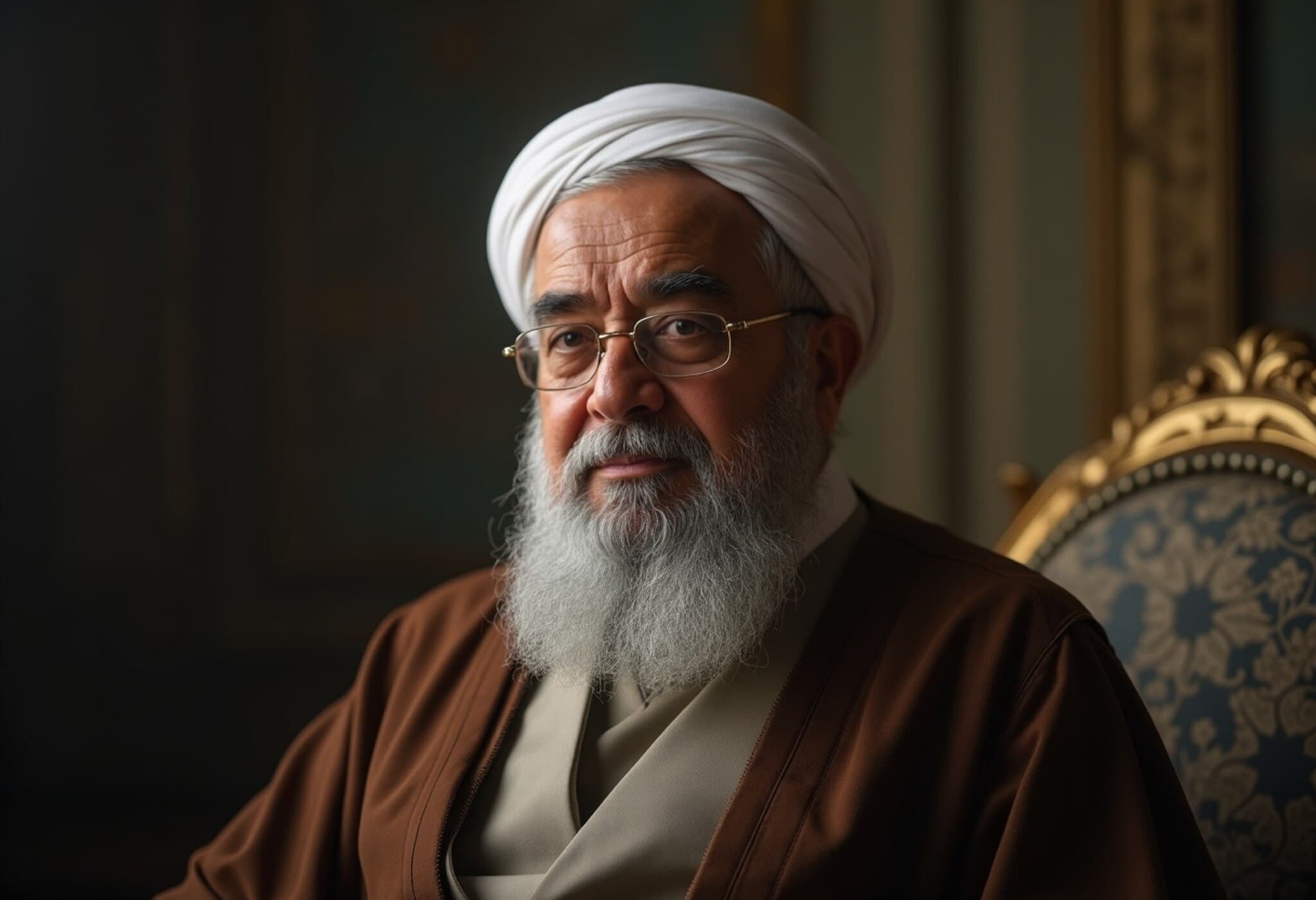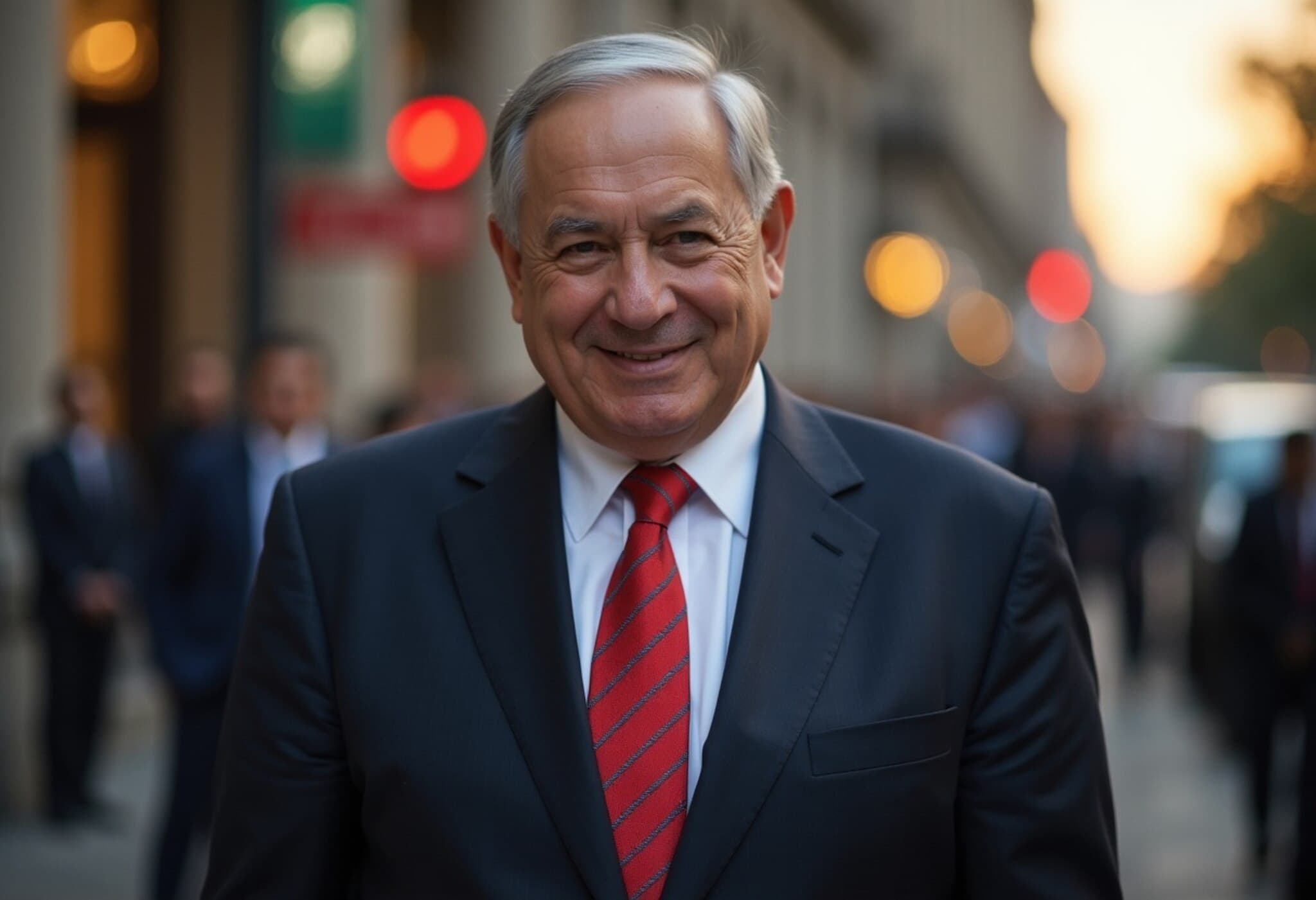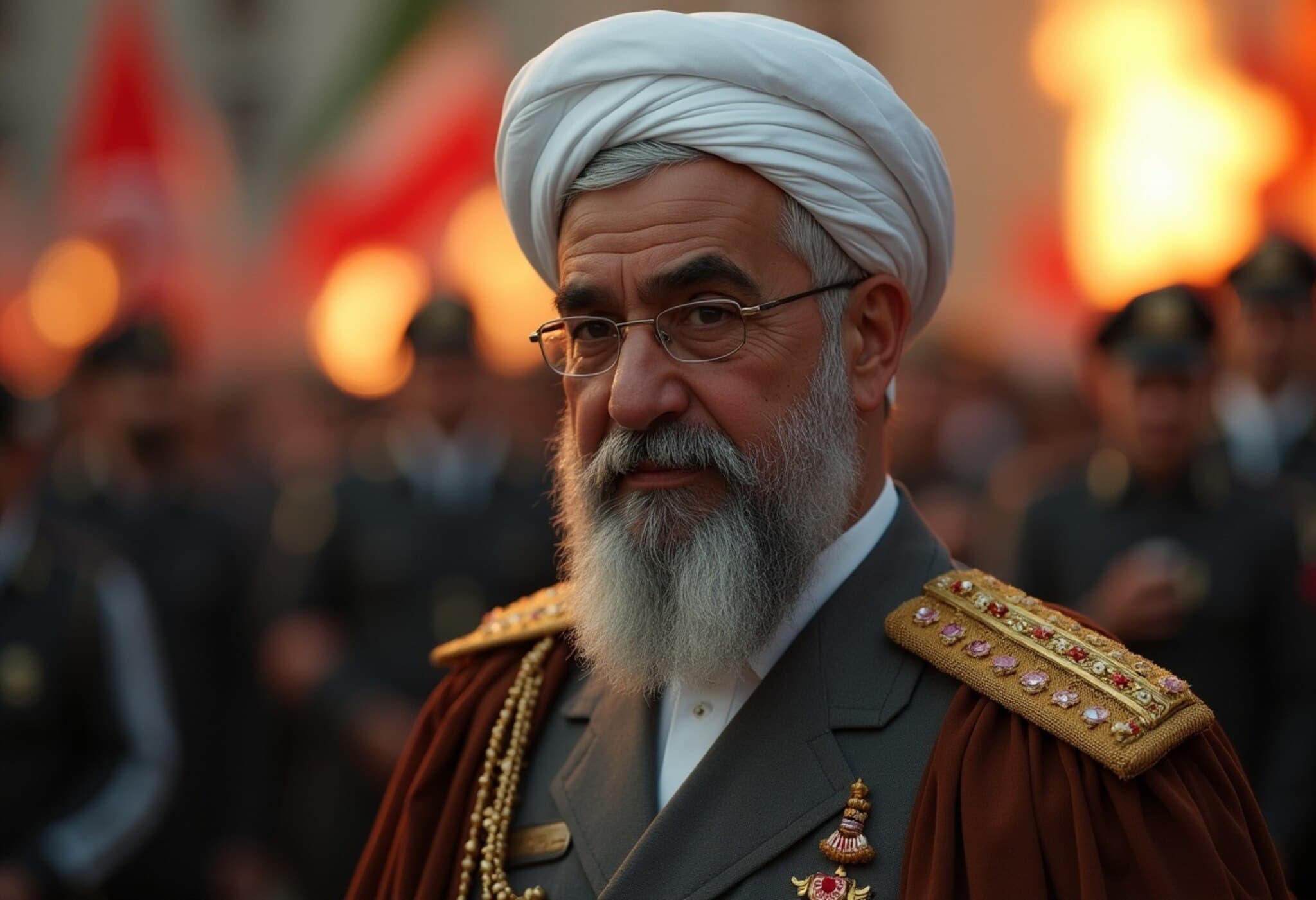The Sudden Ceasefire Between Israel and Iran
In a stunning twist of events, the looming threat of war between Israel and Iran was abruptly halted within 48 hours. What began with missile sirens and airstrikes culminated in a fragile ceasefire, brokered not by traditional diplomacy but through direct calls and social media interventions. At the center of this rapid de-escalation was a surprising diplomatic maneuver that redirected a potential regional conflict towards a cautious peace.
How the Crisis Escalated
The spark of this conflict was a series of U.S. airstrikes targeting Iranian nuclear facilities over a tense weekend, hitting critical sites such as Fordo, Natanz, and Isfahan. Iran responded swiftly with missile attacks on the U.S. airbase at Al-Udeid in Qatar, marking a dangerous escalation but causing no casualties. This chain of retaliation sparked urgent communications between world leaders aiming to prevent further violence.
Rapid Diplomatic Moves
- President Trump directly contacted Israeli Prime Minister Netanyahu, firmly stating that no more U.S. military action would be taken.
- U.S. envoy Steve Witkoff engaged Iran’s Foreign Minister Abbas Araghchi, urging both sides to return to the negotiating table.
- Qatar played a pivotal mediating role, with its Prime Minister confirming President Trump’s direct call to the Emir, initiating peace talks.
- Social media became an unconventional diplomatic tool, with Trump warning Israel against further strikes via public posts.
A Fragile Truce with Early Breaches
Despite the declaration of a "complete and total ceasefire," missile attacks continued briefly, including strikes on Israeli cities that resulted in civilian casualties. Israel then responded with airstrikes inside Tehran, claiming significant losses among Iranian forces. Eventually, both sides agreed to halt hostilities, with Iran signaling it would not retaliate further if Israel ceased attacks.
President Trump expressed frustration at the continued violence but remained optimistic, emphasizing the ceasefire and ordering military forces to stand down while reinforcing a message of peace.
Meanwhile, Iran reaffirmed a preference for diplomacy, with their UN ambassador stating that dialogue is the only way forward to resolve tensions surrounding Iran's nuclear program.
What Lies Ahead: Uncertain Peace and Nuclear Concerns
While the immediate danger has lessened, uncertainty clouds the future. Intelligence indicates Iran's nuclear capabilities remain largely intact, only slightly delayed, posing an ongoing strategic challenge. Experts warn that Iran retains the capacity to threaten regional stability, underscoring that the ceasefire is a pause rather than a permanent solution.
The path forward depends heavily on Iran's leadership cohesion, which remains fragmented. Still, early diplomatic outreach suggests talks may continue, though they could be complex and protracted.
U.S. Strategy and Its Challenges
- The U.S. administration’s approach bypassed traditional channels, surprising many and raising concerns in Washington over the lack of congressional briefings prior to strikes.
- Despite these tensions, officials express hope the ceasefire could rekindle diplomatic efforts and prevent further conflict.
- Senior figures emphasize the administration's preference for diplomacy as the primary strategy to address the issue.
In Summary
The Iran-Israel ceasefire exposed the fragility of peace in a volatile region but also highlighted how unconventional diplomacy and swift action can momentarily halt violence. As missiles fall silent, vigilance and continued dialogue remain essential to sustaining any hope for lasting stability.

